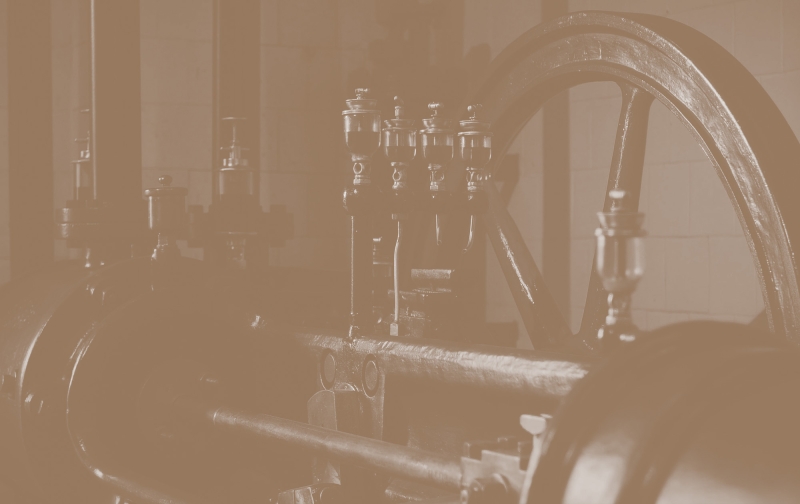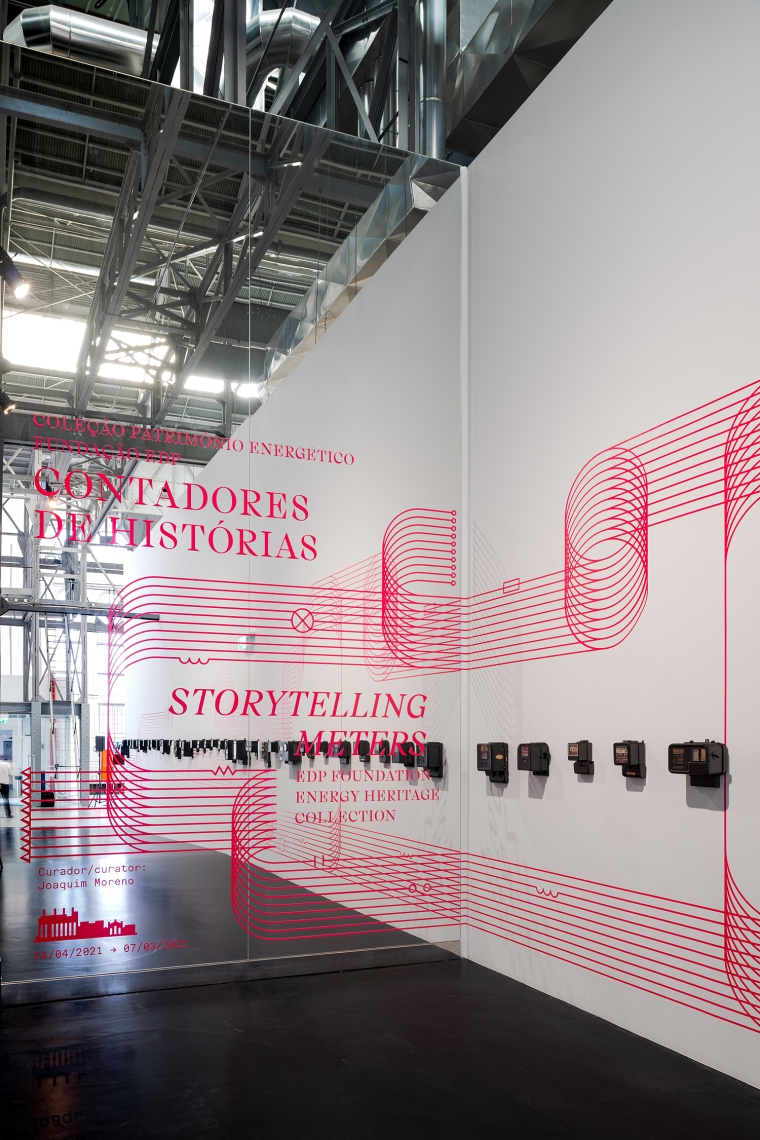Storytelling Meters: episodes 1-3
with Joaquim Moreno
Derived from the Latin root computator, the Portuguese word contador means both an instrument of measure and tally and one who tells a narrative, who transforms a sum of events into a story. The curatorial strategy to display the history of electricity proposed by Moreno implies a role reversal of sorts, utilising the meters as narrators, as storytelling instruments.
The invention of the electricity meter turned energy into a commodity, and its subsequent iterations tell different facets of this story: from tariff charges, the production of household appliances that run on electricity, street lighting, electric mobility, to network management and fraud prevention, from mechanical to electronic metering. The exhibition thus recounts chapters taken from the history of electric power from the late 19th century to the present day by using ten types of meters as core pieces of ten thematic episodes which are presented in a special set up designed by Pedrita Studio all throughout the existing tour route within Central Tejo power station (built in 1908).
These Storytelling Meters, these objects with stories inside, are windows aggregating new narratives. Each meter tells a part of the story: from collection to tariffs, from production to the domestic appliances animated by electricity, from public lighting to electric mobility, from network management to defence against fraud, or from mechanical metering to electronic metering. Each one of these meters brings together objects, instruments and documents that tell its biography, and each of these episodes is a temporary constellation within the technological collection of the EDP Foundation and maat – Museum of Art, Architecture and Technology, a story that opens the door to many others, to new ways of looking at the History of Energy and to give renewed energy to the museum.
|
Joaquim Moreno graduated in Architecture at the University of Porto, and holds a Master’s from the Barcelona Technical School of Architecture and a PhD from Princeton University. He was co-curator, with the philosopher José Gil, of the Portuguese representation at the Venice Architecture Biennial 2008, and, with Paula Pinto, the exhibition Guido Guidi – Carlo Scarpa. Brion Tomb (Garagem Sul/CCB, Lisbon, 2015). More recently, he curated The University Is Now on Air: Broadcasting Modern Architecture (Canadian Centre for Architecture, Montréal, 2017) which examined a key experiment by The Open University to mobilise new media environments for distance and adult education. |
In 2021, maat inaugurated a new programme around the EDP Foundation collections. Both collections — Portuguese Art and Energy Heritage — are regularly presented within the spaces of Central through an invitational series of curatorial projects by diverse experts, researchers and thinkers that are intended to engage with this reservoir of knowledge from multiple intellectual vantage points. By providing alternative conceptual and scholarly interpretations, the programme aims to bring forward new readings to enlighten historical, social and technological narratives that go beyond those of the collection itself.
Conceived by the architecture historian and curator Joaquim Moreno, Storytelling Meters (maat, 24/04/2021 – 07/03/2022) is the first exhibition that uses various archival artefacts – visual items, objects and appliances – from the EDP Foundation Energy Heritage Collection. The EDP Foundation Energy Heritage Collection was started in 1998. It gathers around 3,500 pieces linked to the history of electricity in Portugal, some of them dating back to the 19th century. These include items of domestic, personal and industrial use, including machinery and equipment — measuring devices and meters, household appliances, illumination and lab equipment — as well as a vast collection of documents. |
|
EPISODE 1
EPISODE 2
All these “clocks” placed outside the doors of homes, shops, factories, schools and offices needed to be reliable and precise, as their tallying had legal standing. Just as the interdependence of our collective life needs uniform and shared time, so do we need uniform metering to equitably consume the energy that drives our society. But since it was not possible to adjust meters in every home after they were installed, and metering had and has legal value, the meters had to be calibrated individually and independently from the manufacturer. Before installation, it was up to the energy producer and distributor to check and certify meters with a tamper-proof seal.
|
EPISODE 3
|
|
The "Storytelling Meters Episodes" videos, with Joaquim Moreno, were commissioned to Adversa by maat / EDP Foundation.
|








